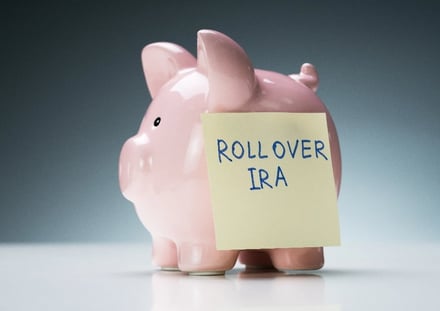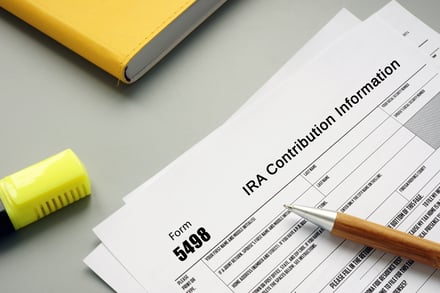What is a Self-Directed IRA (SDIRA)?
An SDIRA is an Individual Retirement Account (IRA) that empowers you to diversify your portfolio with alternative investments.
With one, you can invest your retirement funds beyond the stock market. A few popular options include private equity, precious metals, real estate, cryptocurrency, and more.
Put simply, if you’re looking for a tax efficient way to build a portfolio that’s more tailored to your interests and expertise, an SDIRA could be the answer.



















